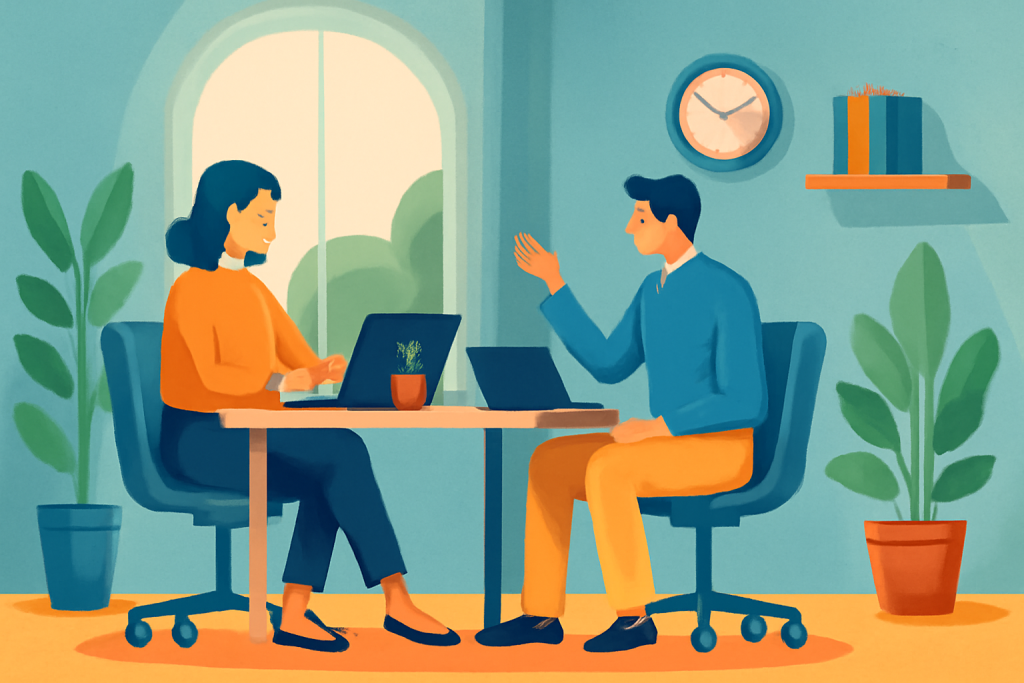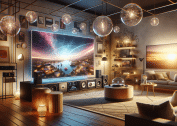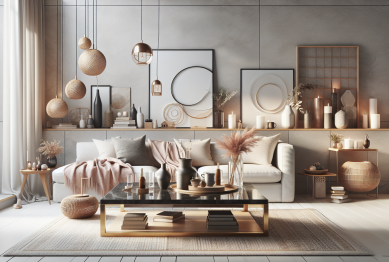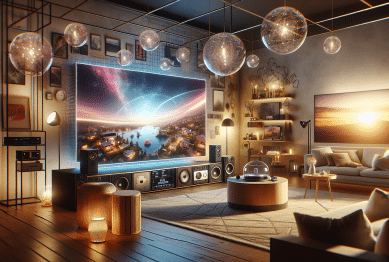The shift to remote work has made crafting a productive home office environment essential. This guide explores current trends and practical tips to design a workspace that boosts focus, creativity, and comfort — all key to sustaining peak productivity at home.

Why a Productive Home Office Environment Matters in 2025
The rise of hybrid and fully remote work models has transformed the home office from a luxury into a necessity. According to a 2023 Gartner survey, over 70% of employees expect flexible work options, making the home office an ongoing fixture in professional life (Gartner 2023). Productivity is directly linked to how well this space supports workflow, ergonomics, and mental clarity.
Modern home offices must balance comfort, technology, and psychological wellness to prevent burnout and distractions. Here’s how to create a productive home office environment that does just that.
1. Optimize Ergonomics to Enhance Comfort and Health
Ergonomic design is a foundational trend for 2025. Poor posture and uncomfortable furniture can reduce productivity and lead to health issues like back pain and repetitive strain injuries. The Centers for Disease Control and Prevention (CDC) emphasizes ergonomics as critical to preventing workplace injuries (CDC 2024).
Key ergonomic tips:
- Invest in an adjustable chair: Supports your lumbar region and encourages proper posture.
- Set your monitor at eye level: Prevents neck strain by keeping your head aligned.
- Use a standing desk or adjustable desk converter: Alternating between sitting and standing reduces fatigue and increases energy.
- Position keyboard and mouse close: Minimizes reaching and wrist strain.
A well-structured ergonomic setup promotes longer, more comfortable work sessions, improving output and overall wellbeing.
2. Incorporate Biophilic Design for Mental Clarity
Biophilic design—the integration of natural elements indoors—is a growing trend in workspace productivity. Plants, natural light, and organic materials reduce stress and boost creativity.
Harvard researchers found that indoor plants can increase productivity by up to 15% and improve air quality, which enhances cognitive function (Kellert et al. 2023).
How to apply biophilic design:
- Place potted plants or succulents near your desk.
- Maximize natural light; use sheer curtains instead of blinds.
- Add wooden or stone textures for warmth and grounding.
- Consider nature-inspired art or imagery.
These elements connect your workspace with nature, creating a calming atmosphere that supports focus and reduces anxiety.
3. Leverage Smart Technology for Seamless Workflow
Smart home office technology is rapidly advancing, offering ways to streamline tasks and reduce distractions. Voice assistants, smart lighting, and wireless chargers are now affordable essentials.
A 2024 report by Statista shows a 40% increase in adoption of smart office devices among remote workers over the past two years (Statista 2024).
Smart tech essentials:
- Smart lighting systems: Adjust brightness and color temperature based on time of day to support circadian rhythms.
- Noise-canceling headphones: Block distractions in busy households.
- Wireless charging stations: Reduce cable clutter.
- Voice assistants: Set reminders, control smart devices, and manage schedules hands-free.
Integrating technology intelligently saves time, cuts cognitive load, and creates an environment tuned for productivity.
4. Designate Zones for Work and Relaxation
Maintaining a boundary between work and home life is more crucial than ever. Experts suggest creating distinct zones within your space: one for focused work and another for relaxation or breaks.
Psychologist Dr. Amy Jen Su notes that mental transitions between work and rest improve productivity and reduce burnout (Su 2023).
Tips for zoning:
- Use a room divider or shelving unit to separate areas.
- Keep work items confined to your desk zone.
- Create a cozy nook nearby with comfortable seating for breaks.
- Avoid working in bed or on the couch to reinforce separation.
This spatial distinction helps the brain switch modes, making work time more efficient and downtime genuinely restful.
5. Prioritize Minimalism and Decluttering
Clutter is a productivity killer. According to a study by Princeton University Neuroscience Institute, visual clutter impairs focus and increases stress (Princeton 2019). Minimalist design with clean lines and minimal distractions is trending in home office setups.
Minimalism strategies:
- Keep only essential items on your desk.
- Use cable management solutions to hide wires.
- Store documents digitally or in labeled folders.
- Adopt a daily 5-minute tidy-up routine.
A decluttered space reduces decision fatigue and mental distractions, enabling clearer thinking and sustained productivity.
6. Embrace Flexible Lighting to Reduce Eye Strain
With screens dominating work, eye strain is a common complaint. Adjustable lighting solutions can prevent fatigue and headaches.
Best practices for lighting:
- Use a combination of ambient, task, and natural light.
- Avoid harsh overhead fluorescents; opt for LED bulbs with adjustable color temperature.
- Position light sources to reduce glare on screens.
- Consider blue light filters or glasses during extended screen use.
This trend toward customizable lighting respects individual needs and supports long hours of work comfortably.
7. Add Personal Touches to Boost Motivation
A sterile environment can feel uninspiring. Personalizing your workspace with meaningful items helps maintain motivation and positivity.
Ideas to personalize:
- Display photos or motivational quotes.
- Use color accents that energize or calm you.
- Incorporate items related to hobbies or passions.
Personal touches make your home office feel inviting, encouraging you to spend productive hours there willingly.
Conclusion
Creating a productive home office environment in 2025 is about more than just furniture—it’s a holistic approach combining ergonomics, biophilic elements, smart technology, and psychological boundaries. By optimizing comfort, reducing distractions, and incorporating natural and technological advances, you can significantly improve your focus and output.
Start with ergonomic basics, bring in natural elements, and embrace smart tech to build a workspace tailored for sustained productivity. Remember, a well-designed home office supports not only your work but your well-being.
References
- Gartner (2023) “Future of Work Survey 2023.” Available at: https://www.gartner.com/en/newsroom/press-releases/2023-07-15-gartner-survey-70-percent-of-employees-expect-flexible-work-options (Accessed: 18 May 2025).
- Centers for Disease Control and Prevention (2024) “Workplace Ergonomics.” Available at: https://www.cdc.gov/workplacehealthpromotion/health-strategies/ergonomics/index.html (Accessed: 18 May 2025).
- Kellert, S.R., Heerwagen, J. and Mador, M. (2023) Biophilic Design: The Theory, Science and Practice of Bringing Buildings to Life. 2nd edn. Hoboken: Wiley.
- Statista (2024) “Adoption of Smart Home Devices Among Remote Workers.” Available at: https://www.statista.com/statistics/remote-work-smart-device-adoption (Accessed: 18 May 2025).
- Su, A.J. (2023) ‘Work-Life Boundaries and Burnout Prevention: Insights from Psychology’, Journal of Occupational Health Psychology, 28(1), pp. 12-20.
- Princeton University Neuroscience Institute (2019) “Visual Clutter Impairs Focus.” Available at: https://neuroscience.princeton.edu/publications/visual-clutter-focus-study (Accessed: 18 May 2025).









